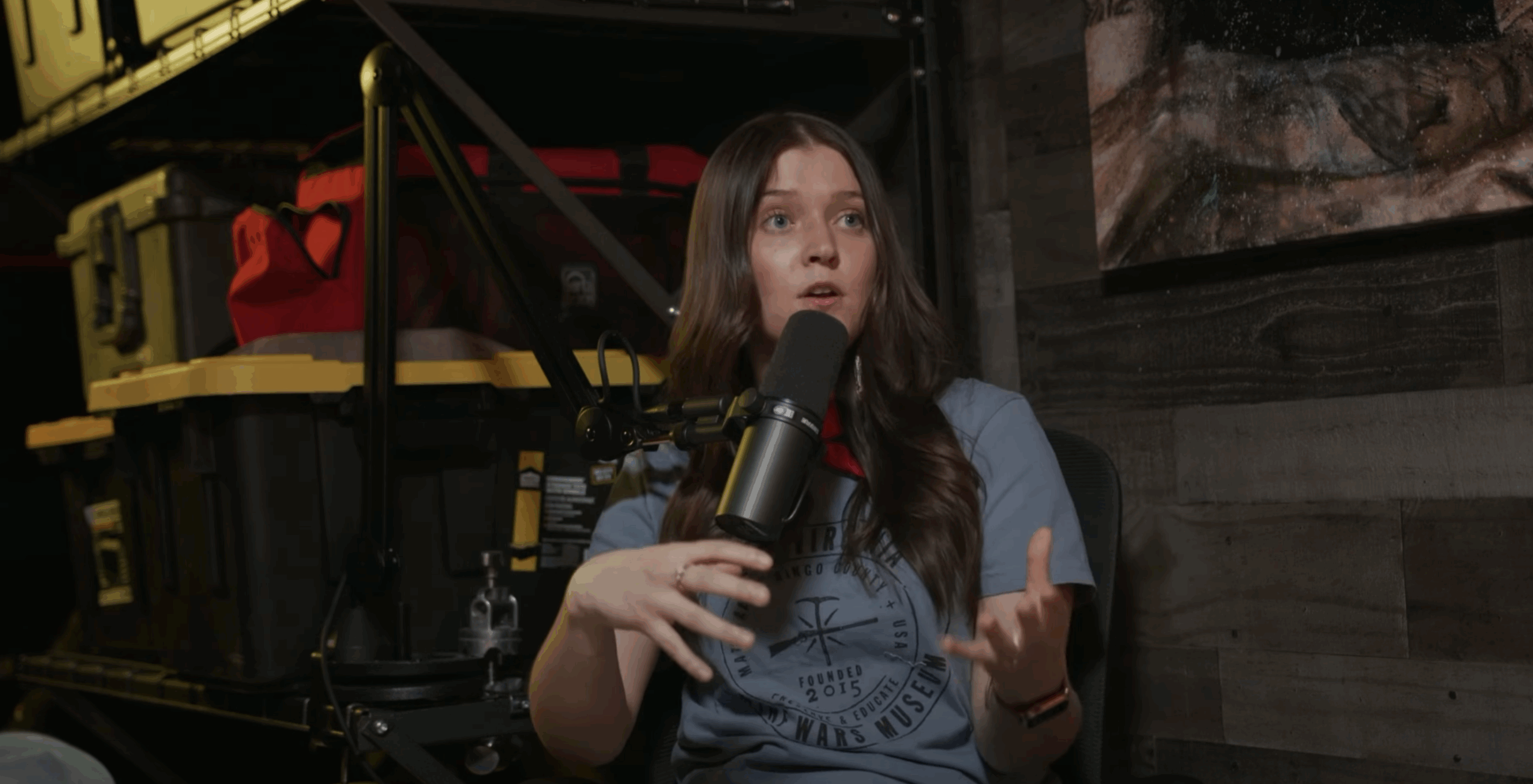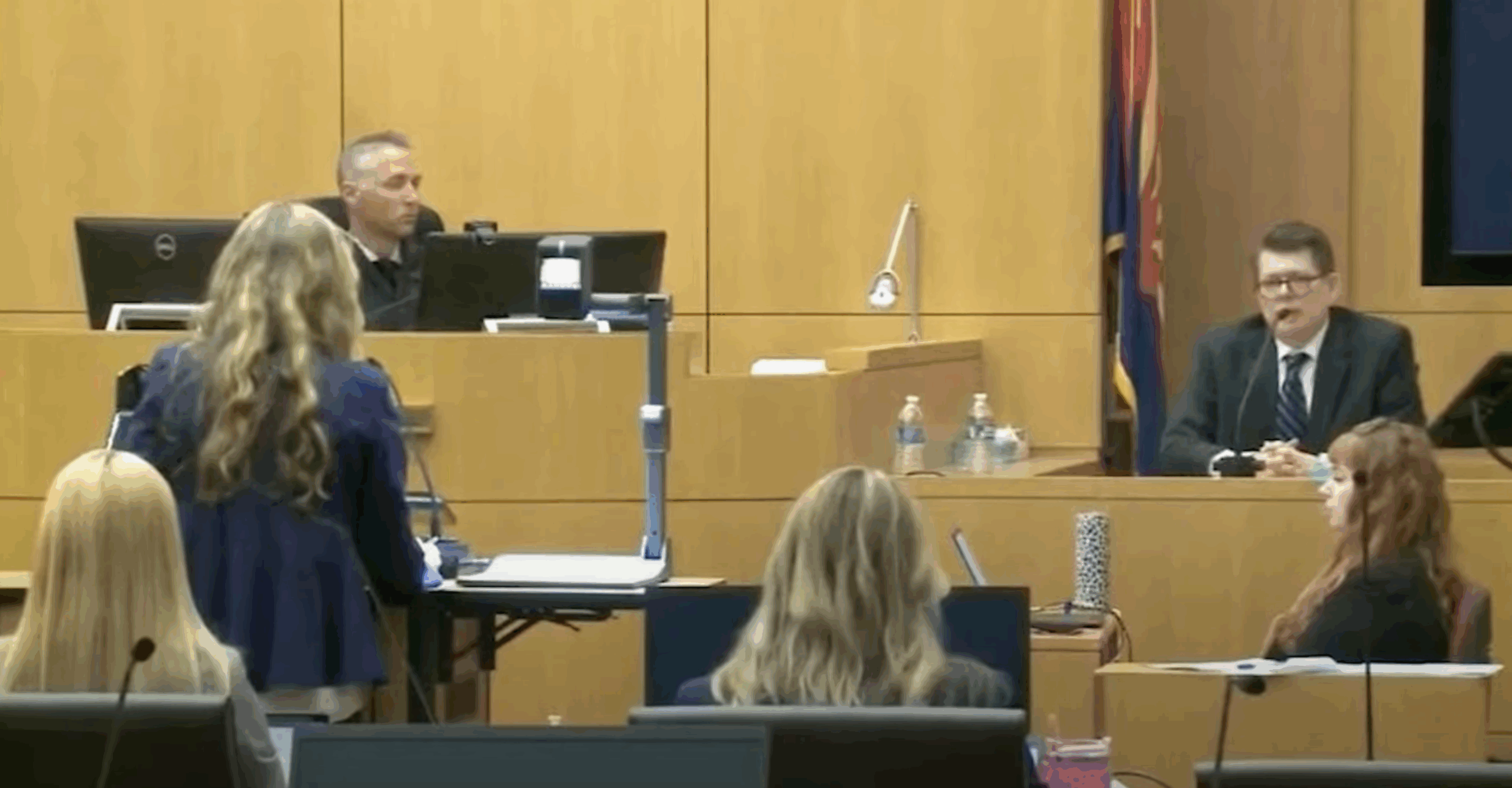“It wasn’t a metaphor. It was a warning.”
In the small coal town of Matewan, West Virginia, history wasn’t written quietly. It was shouted through gunfire and etched into memory with blood. What started as a standoff between coal miners and Baldwin-Felts agents turned into one of the most legendary labor battles in American history: the Matewan Massacre.
This week on Creepalachia, we’re honored to spotlight the West Virginia Mine Wars Museum, a people’s history museum dedicated to preserving the stories of resistance and rebellion from Appalachia’s labor past. Our guests, Mackenzie New Walker, the museum’s director, and Sean Slifer, its creative director, joined us in-studio to talk about coal country legacies, building a grassroots museum, and the day downtown Matewan erupted like the Wild West.
Warrants, Guns, and Chaos in the Streets
“It’s hard to imagine a courtroom turning into a shootout—but that’s exactly what happened.”
On May 19, 1920, Matewan became the backdrop for a confrontation decades in the making. After coal miners began organizing for better pay and working conditions, the powerful Baldwin-Felts Detective Agency was hired by coal operators to violently suppress union efforts.
That day, a group of agents showed up to evict miners and assert their dominance—armed with legal warrants, threats, and arrogance. But Matewan Police Chief Sid Hatfield, a local hero of the working class, stood his ground.
Both sides brandished warrants—one for Hatfield, one from Hatfield—and both drew guns.
In the blink of an eye, the streets erupted in a “Wild West” style shootout. When the smoke cleared, 10 people were dead, including two miners, Mayor Cabell Testerman, and seven Baldwin-Felts agents.
Preserving the People’s History
“Not everyone in Appalachia grew up hearing these stories. But for Kenzie, it was in her blood.”
Born and raised on the Mingo/McDowell county line, Kenzie comes from a long line of coal miners and teachers. Her father left the mines to become a nurse—her mother did too. That blend of working-class roots and community service shaped her love for history.
“I don’t remember anyone sitting me down and telling me about the union,” she said. “It was just there.”
She started out writing her college thesis on the rhetoric of the Matewan Massacre. Seven years later, she was helping run the museum dedicated to it.
Sean’s journey was different—he didn’t grow up in Appalachia. He came from Nebraska, settled in Pittsburgh, and discovered Matewan through a DVD rental of the 1987 John Sayles film. That sparked a curiosity that led him to Battle of Blair Mountain, community-taught history, and eventually, to helping design the exhibits that would preserve those stories for the next generation.
From Bullets to Buildings: How the Museum Was Born
The West Virginia Mine Wars Museum opened its doors in 2015, thanks to a scrappy team of historians, artists, and labor descendants who saw value in preserving this often-erased chapter of history.
Their inspiration? Kenny King, a local man who spent decades walking the Blair Mountain battlefield with a metal detector, collecting artifacts of resistance. Bullets. Buttons. Evidence of struggle. Evidence of truth.
Today, those pieces form the backbone of the museum’s collection—tangible proof that the war on coal wasn’t just about resources. It was about people, and their refusal to back down.
Creepalachia is proud to support the West Virginia Mine Wars Museum as part of our Donation Show series. For every 10,000 new followers on our Facebook page, we donate $1,000 to an Appalachian-based arts and culture nonprofit. This one hits close to home—because before this life, I was a coal miner too. And I didn’t know these stories until I met Kenzie.
This is how we keep them alive.







